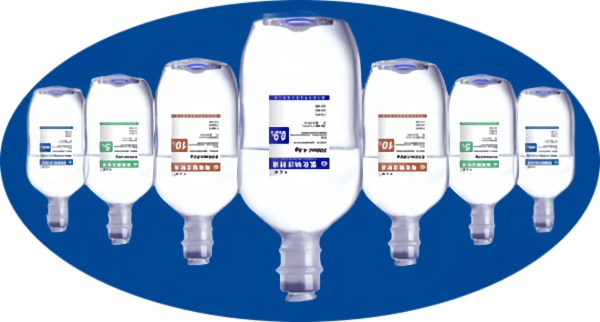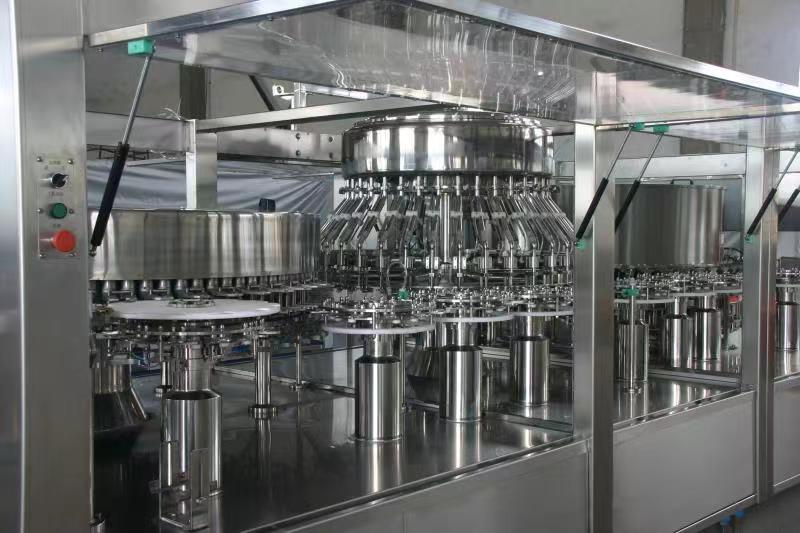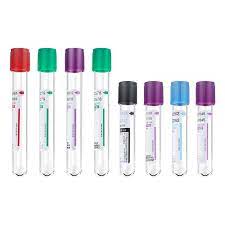Introduction:
In the intricate world of pharmaceutical manufacturing, every aspect of the process plays a pivotal role in ensuring the safety and efficacy of the final product. Packaging, in particular, holds immense importance as it serves as the primary barrier against external contaminants and influences the stability of pharmaceutical formulations. Among the various packaging options available, polypropylene (PP) bottles stand out as a preferred choice, especially when it comes to packaging intravenous (IV) solutions. This blog post explores the significance of IV solution packaging in PP bottles and how it contributes to the enhancement of pharmaceutical manufacturing processes.
Section 1: Understanding IV Solutions
Intravenous (IV) solutions are sterile fluids administered directly into the bloodstream to replenish electrolytes, deliver medications, or provide hydration. The integrity and sterility of IV solutions are paramount to prevent infections and ensure patient safety. Proper packaging plays a crucial role in maintaining these essential characteristics throughout the product’s shelf life.
Section 2: Introduction to PP Bottles
Polypropylene (PP) bottles have emerged as a popular choice for pharmaceutical packaging due to their exceptional properties. PP is a thermoplastic polymer known for its durability, chemical resistance, and recyclability. These bottles offer excellent barrier properties, protecting the contents from moisture, oxygen, and light, thereby extending the shelf life of pharmaceutical products.
Section 3: Advantages of Using PP Bottles for IV Solutions
Packaging IV solutions in PP bottles offers numerous advantages. Firstly, PP bottles are compatible with a wide range of solutions, including aqueous and oil-based formulations, making them versatile for pharmaceutical manufacturers. Additionally, PP bottles exhibit high impact resistance, reducing the risk of breakage during handling and transportation. Moreover, PP bottles are cost-effective compared to alternative packaging materials, contributing to overall manufacturing efficiency.
Section 4: Manufacturing Process of IV Solutions in PP Bottles
The manufacturing process of IV solutions involves meticulous attention to detail to ensure product quality and safety. Integration of PP bottles into the production line requires adherence to stringent quality control measures. From material selection to bottle molding and filling, each step is carefully orchestrated to minimize contamination and maintain sterility.
Section 5: Regulatory Compliance and Quality Standards
The production and packaging of IV solutions in PP bottles are subject to rigorous regulatory requirements and quality standards set forth by regulatory authorities such as the FDA (Food and Drug Administration) and EMA (European Medicines Agency). Compliance with these standards is essential to ensure product safety, efficacy, and consistency. Manufacturers must implement robust quality management systems and conduct regular audits to uphold these standards.
Section 6: Future Trends and Innovations
As the pharmaceutical industry continues to evolve, so do the trends and innovations in IV solution packaging. Emerging technologies such as smart packaging and advanced barrier materials are revolutionizing the way IV solutions are packaged and delivered. Manufacturers are also exploring sustainable packaging solutions to reduce environmental impact and meet consumer demand for eco-friendly products.
Conclusion
In conclusion, packaging IV solutions in PP bottles offers a multitude of benefits, ranging from compatibility and durability to regulatory compliance and sustainability. By understanding the significance of proper packaging and leveraging the advantages of PP bottles, pharmaceutical manufacturers can enhance the quality, safety, and efficiency of their products. As the industry embraces innovation and embraces new technologies, the future of IV solution packaging holds promise for further advancements in pharmaceutical manufacturing.


